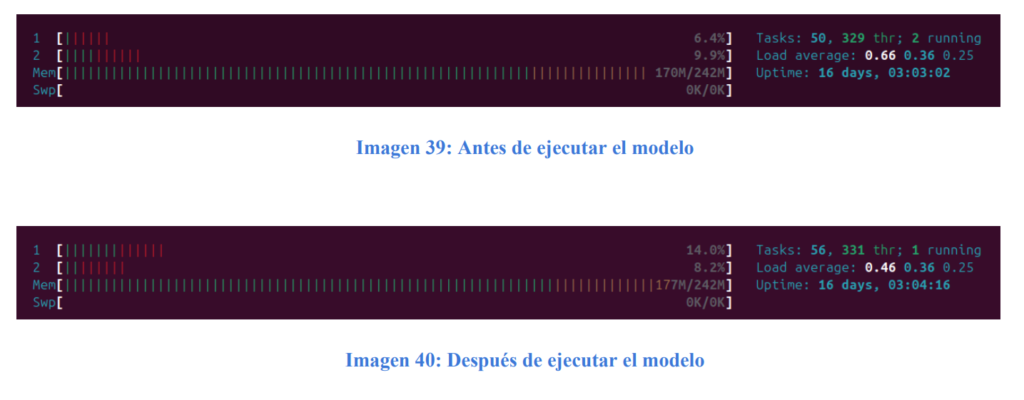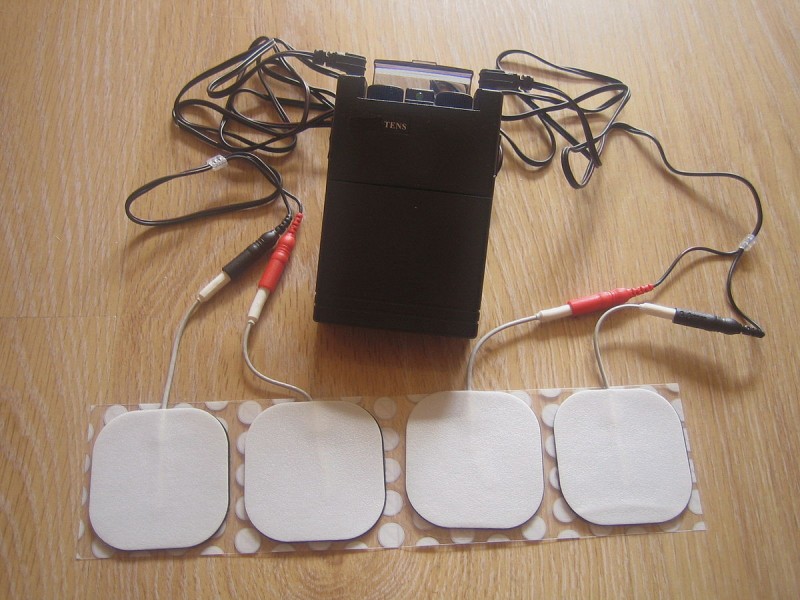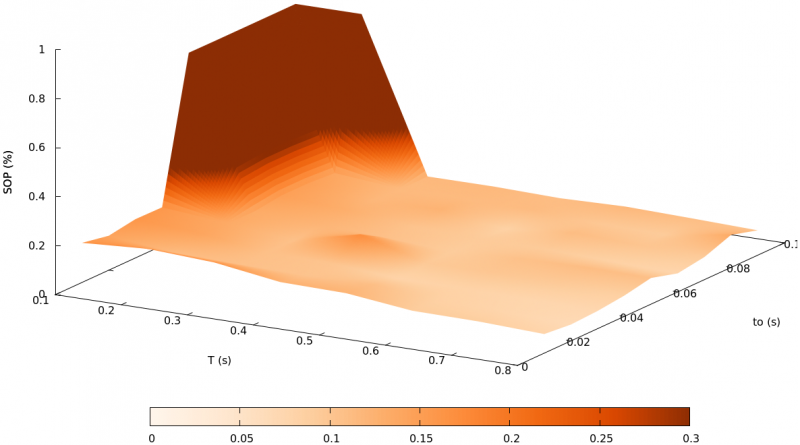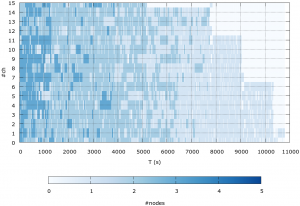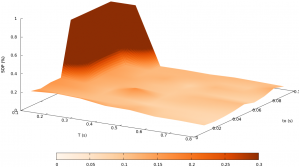This project aims to develop a presence detection model for domestic environments equipped
with IoT-based security systems. The model is based on the integration and analysis of data
provided by various Securitas Direct – Verisure devices, such as magnetic door and window
sensors, infrared-equipped cameras, and emerging technologies like WiFi Sensing.
Currently, the company has devices that collect real-time information, but it lacks a system
that combines this data to accurately detect human presence. The proposed model aggregates
all available data and determines whether there is presence in the environment based on
logical rules.
The work includes a preliminary study of Verisure’s technology and the state of the art, the
design, development, and deployment of the model, the preparation of a simulation
environment, the collection and processing of real data, and the analysis of results. Finally,
potential future developments, applications, and uses of the model are evaluated, along with
the ethical, social, economic, and environmental impacts of the project.
The project has been carried out within the Securitas Direct – Verisure research chair,
following a SCRUM methodology for its development.
The system integrated the following components:

Central Unit (CU)

Magnetic door and window sensors

Photodetector cameras equipped with PIR sensors and WiFi Sensing

Keypad

Remote keyfob
The final method consisted of a lightweight rule-based model developed in Python, embedded directly in the Central Unit. This model integrates data from the different sensors and WiFi Sensing, applying weighted logic and a sigmoid output function to generate a real-time confidence percentage of human presence.
Several visual interfaces were created to controll the model parameters, create simulated scenarios, or visualize the output of the model. The most relevant of these was developed to visualize the recorded data and model predictions. This interface displays the data collected from all sensors and the acumulated weight over time, which is reset whenever the front door is opened, as well as the correspondence between the model predictions and the actual presence of people.
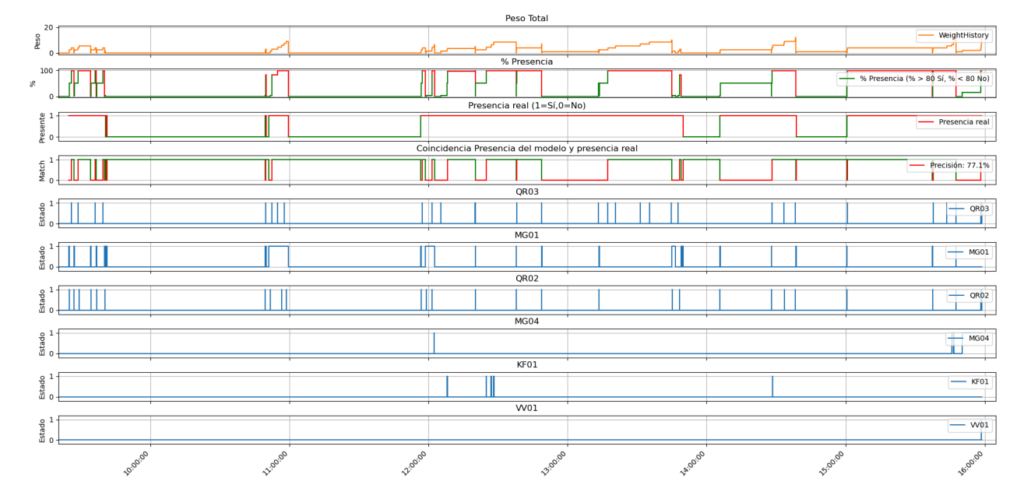
The solution was validated both in simulation and with real data collected at the Cátedra Securitas Direct. The results demonstrated that the model accurately distinguished between presence and absence across different usage scenarios, such as entering, leaving, or moving inside the home. After refining corner cases, the system achieved an accuracy of approximately 86%, while maintaining very low resource usage (<3% RAM and <1% CPU).

This work provides a reliable presence detection model that strengthens the Verisure security ecosystem without additional hardware costs, preserves user privacy, and ensures efficient performance.
This project was carried out by Jorge Alejandro Estefanía Hidalgo and supervised by Belén Vega Castrillo.



